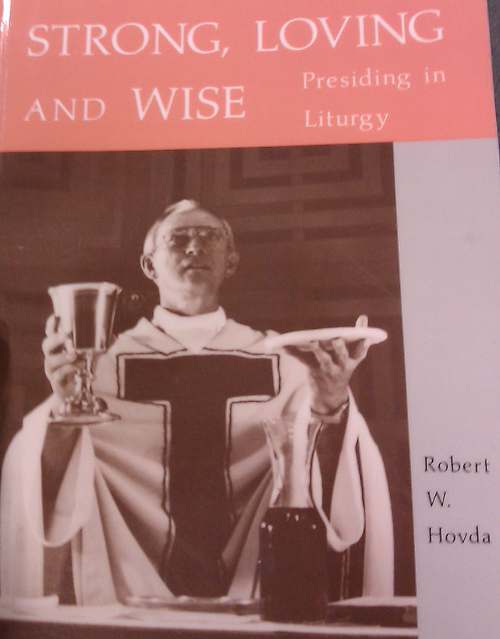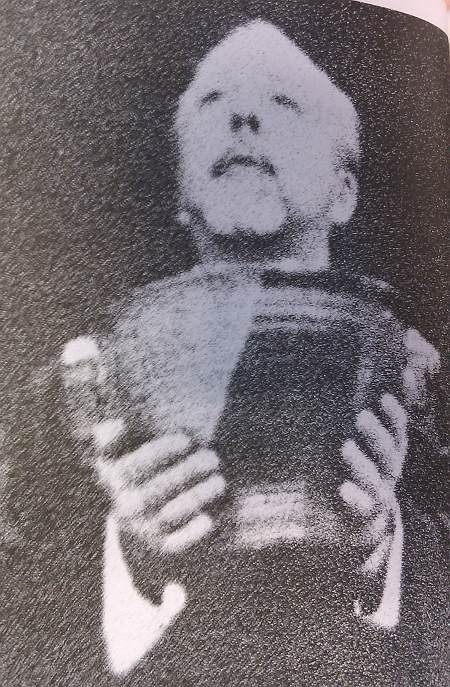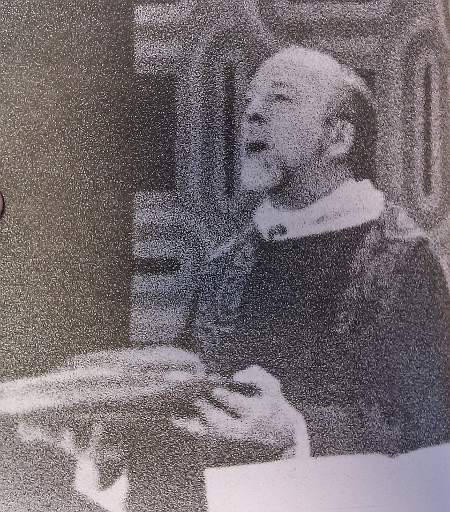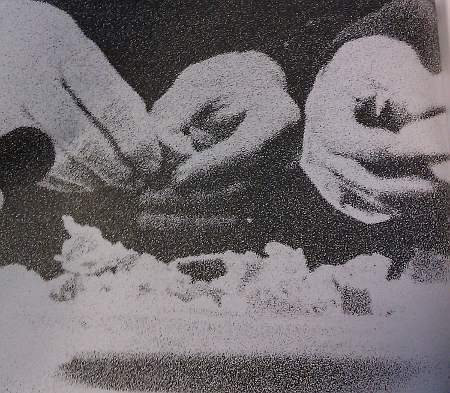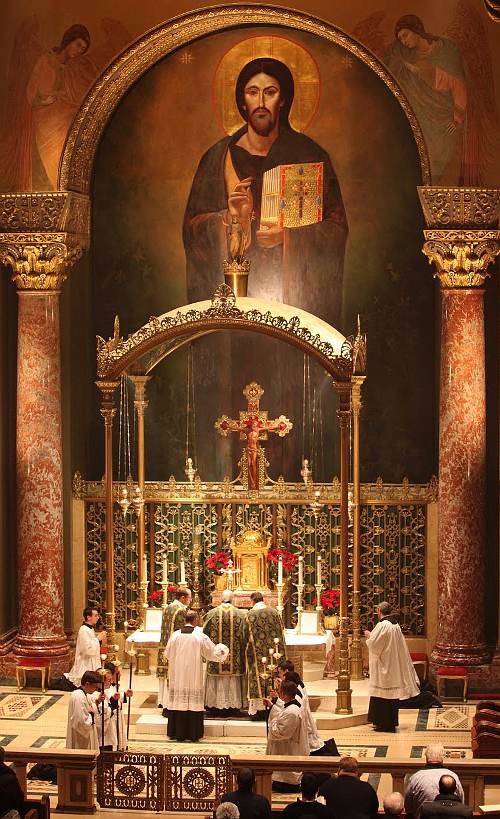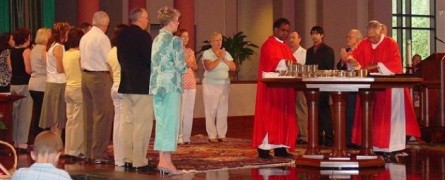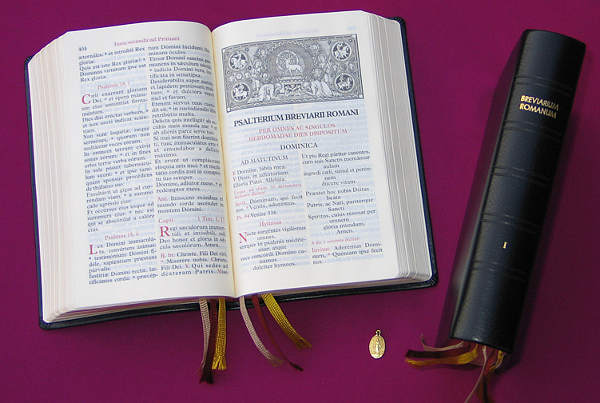De som har vært til messe på norsk i dag, husker sikkert (kanskje?) dagens kollektbønn:
Herre, våk over din familie med faderlig kjærlighet. Ta den i ditt vern, for den setter sin lit til din nåde alene. Ved vår Herre …
Den latinske originalen ser slik ut:
Familiam tuam, quæsumus, Domine, continua pietate custodi, ut, quæ in sola spe gratiæ cælestis innititur, tua semper protectione muniatur. Per Dominum nostrum …
Når vi ser på en ord-for-ord engelsk oversettelse, ser vi at den norske oversettelsen har fått med det mest, men tatt seg noen friheter (‘håp om himmelsk nåde’ mangler bl.a.):
Guard your family, we beseech you, O Lord, with continual mercy, so that that (family) which is propping itself up upon the sole hope of heavenly grace may always be defended by your protection. Through our Lord …
Den nye engelske oversettelsen (gjeldende fra 27/1-11) er mer presis enn den norske:
Keep your family safe, O Lord, with unfailing care, that, relying solely on the hope of heavenly grace, they may be defended always by your protection. Through our Lord …
Mens den gamle engelsk oversettelse (som snart skal bort, i St Hallvard menighet bestilte vi det nye engelske missalet for noen få dager siden):
Father, watch over your family and keep us safe in your care, for all our hope is in you. Through our Lord …
Father Z analyserer denne bønna ganske grundig.
Samtidig leser vi i the Catholic Herald at noen prester ikke vil gi opp kampen for å bevare den gamle (og dårlige – fra 1970) engelske oversettelsen. Nesten 10 % av prestene i Irland har gått til motangrep mot det nye:
A group representing more than 400 of Ireland’s 4,500 priests has made an urgent plea to the country’s bishops to postpone the introduction of the new English translation of the Missal for at least another five years.
The call from the Association of Catholic Priests came as the National Centre for Liturgy in Maynooth launched a new publication aimed at explaining and preparing priests and lay people for the changes in the Missal. The new texts will be introduced on November 27, the first Sunday of Advent and the start of the liturgical year.
At a news conference in Dublin, representatives from the priests’ group said the proposed literal translations from Latin had produced texts that were “archaic, elitist and obscure and not in keeping with the natural rhythm, cadence and syntax of the English language”.
The association also criticised the new translation for “exclusivist, sexist language”. …
